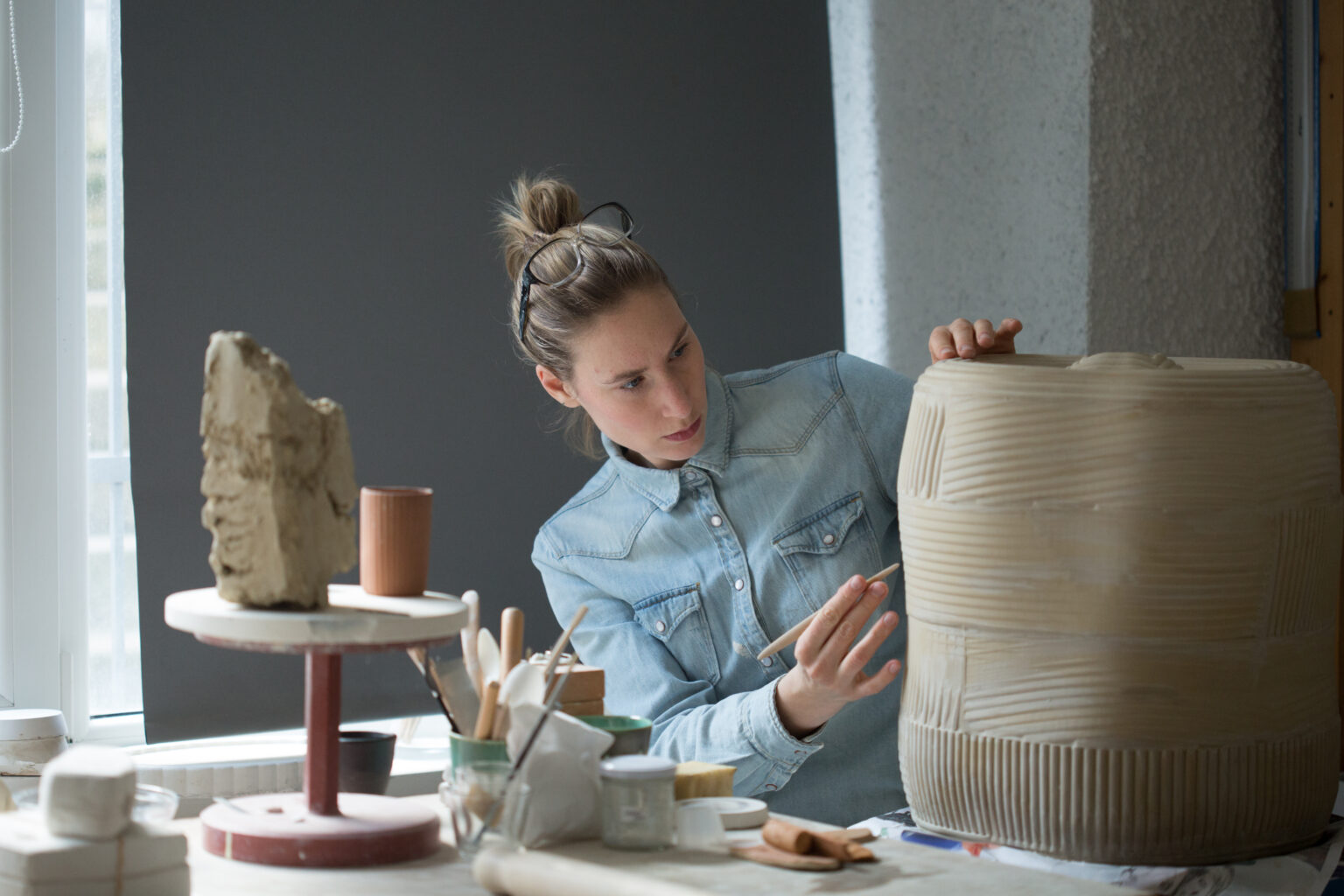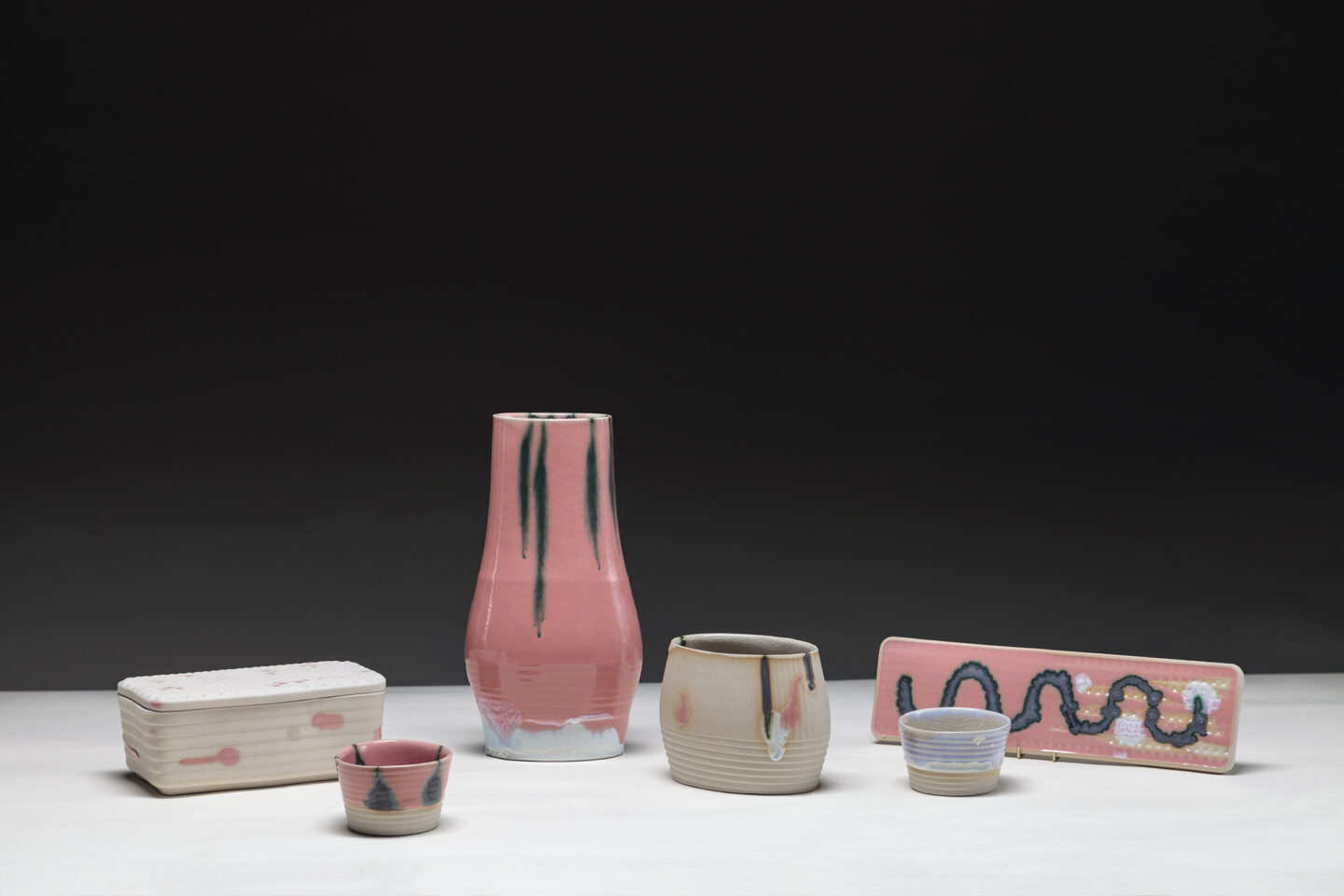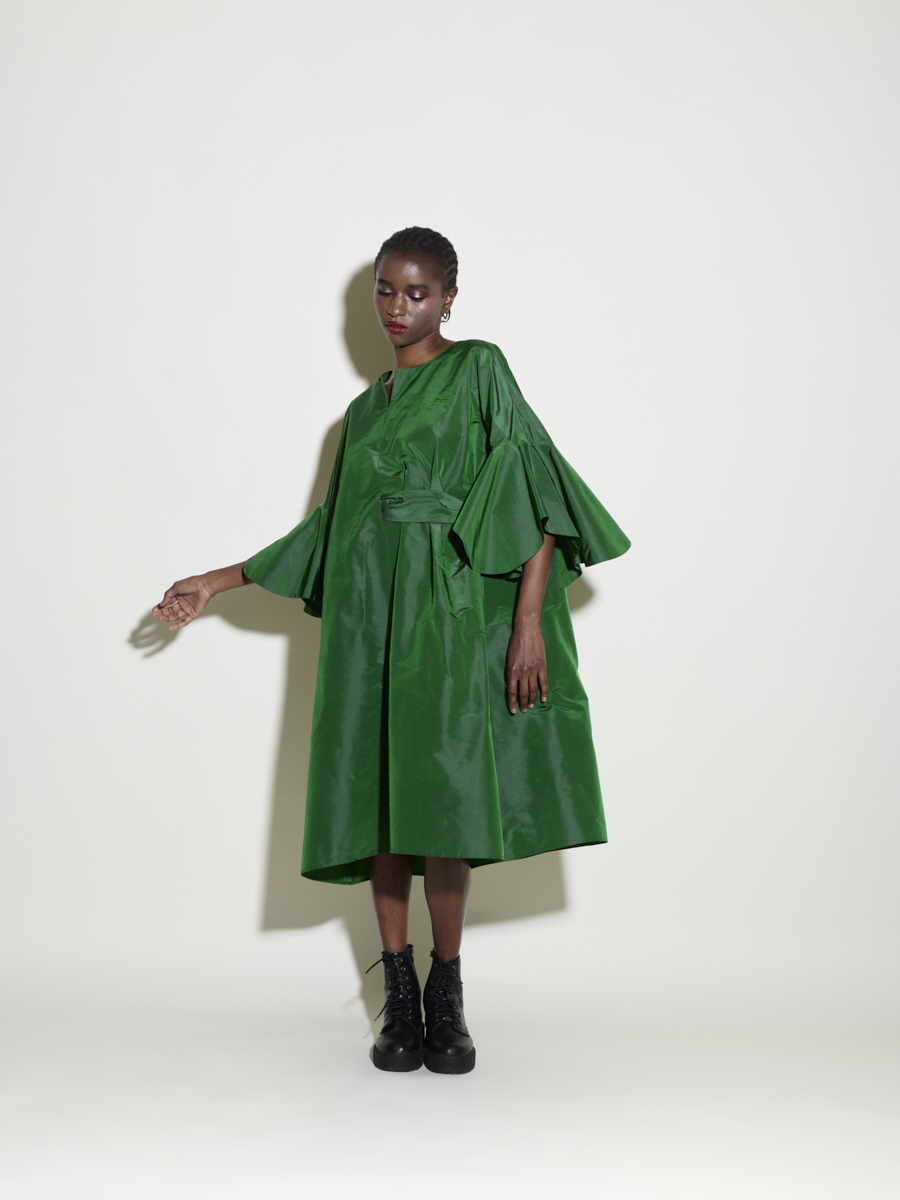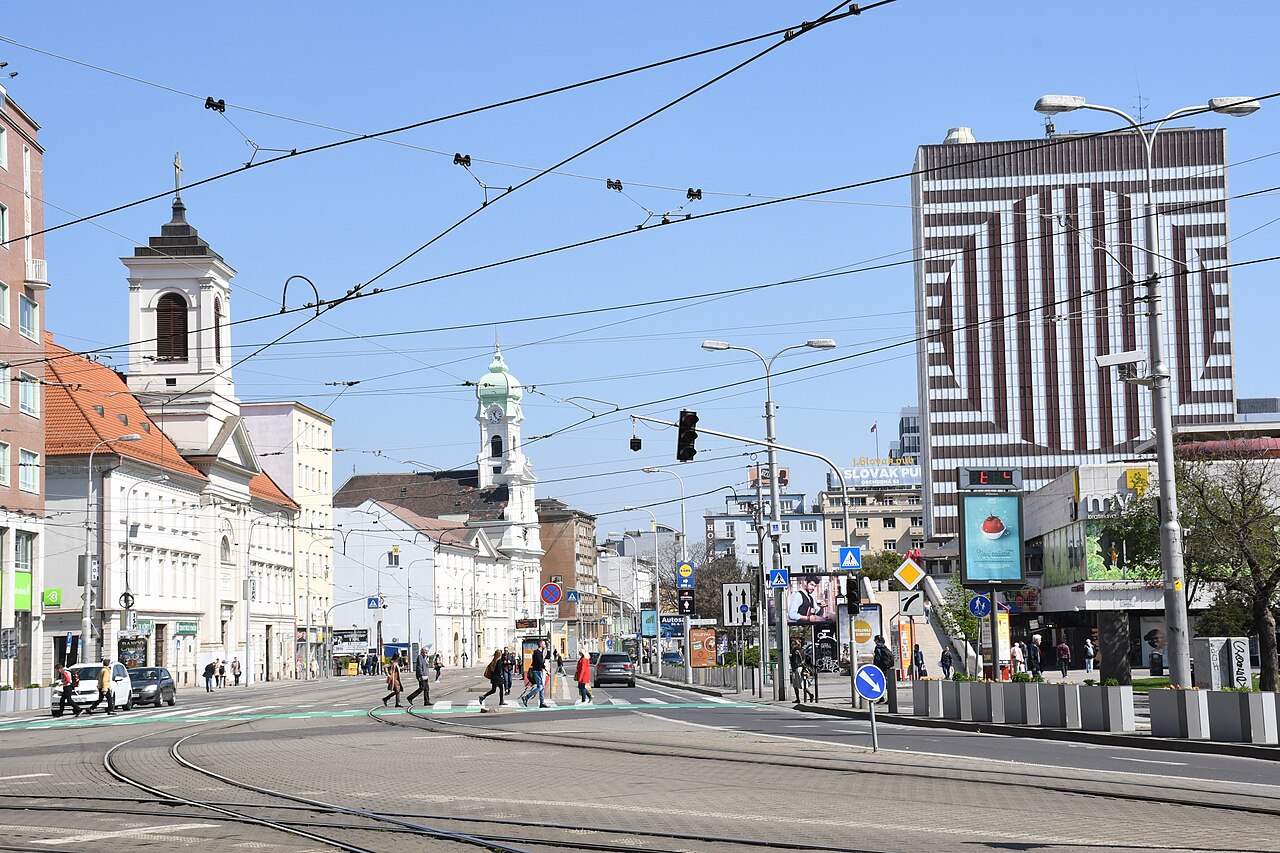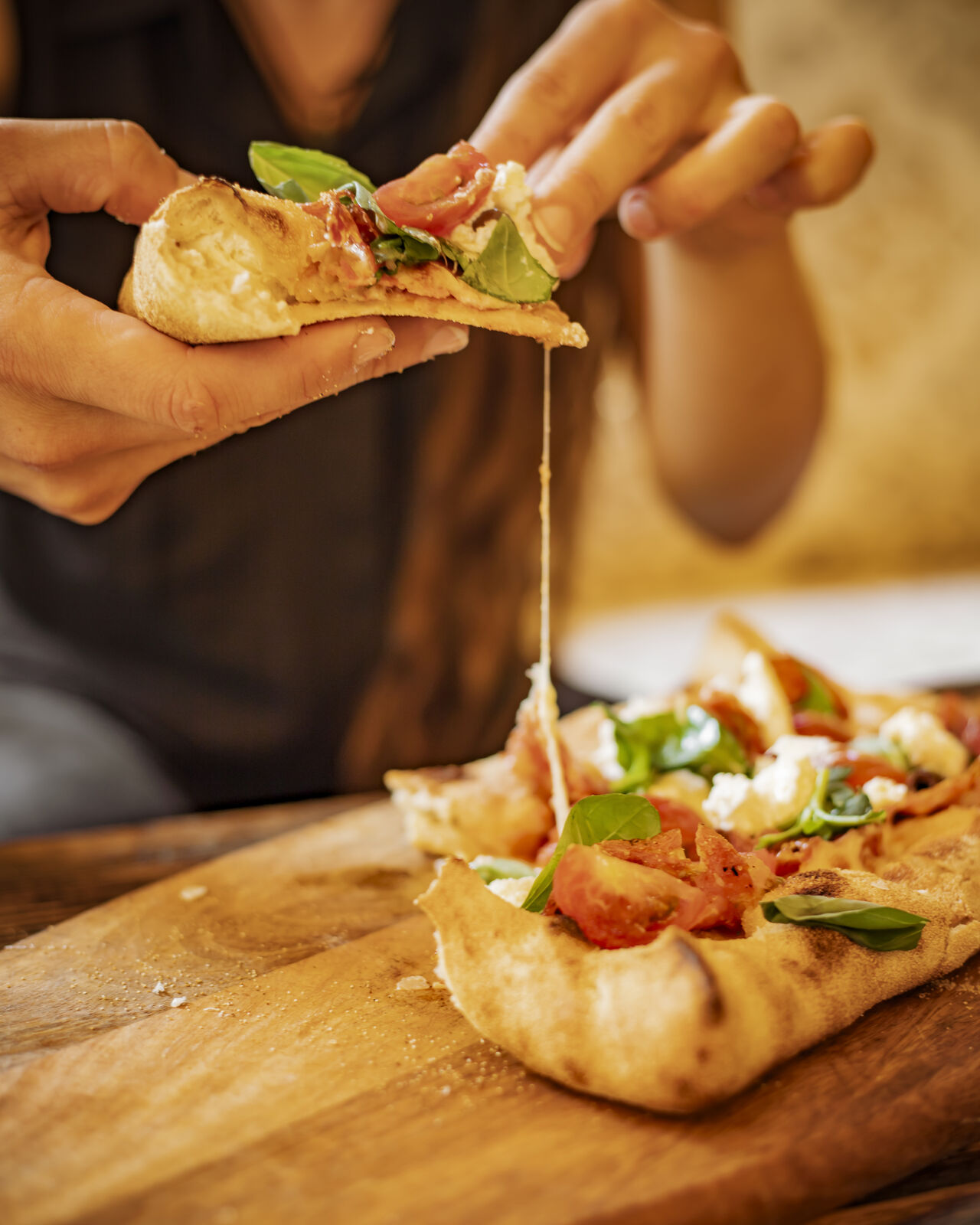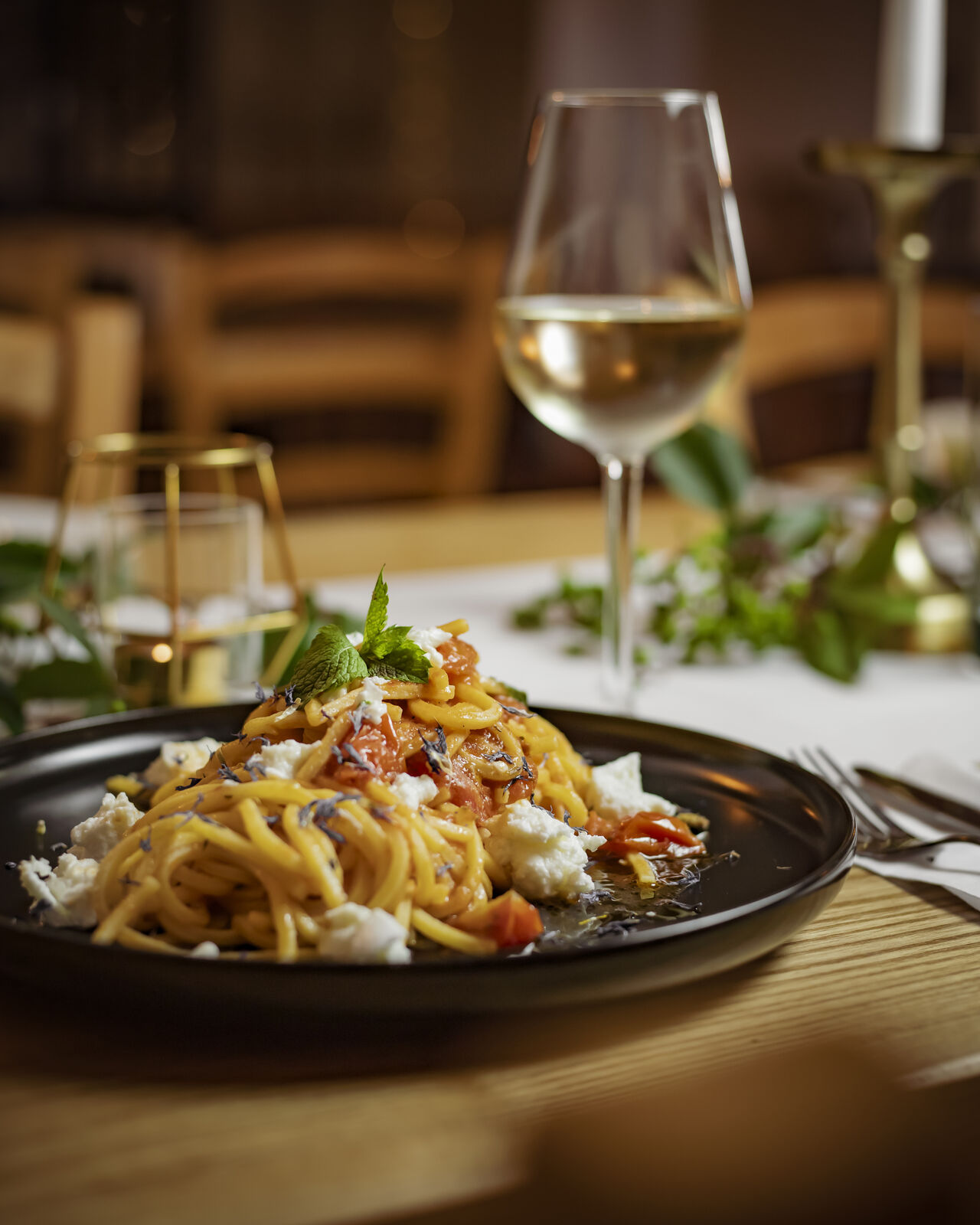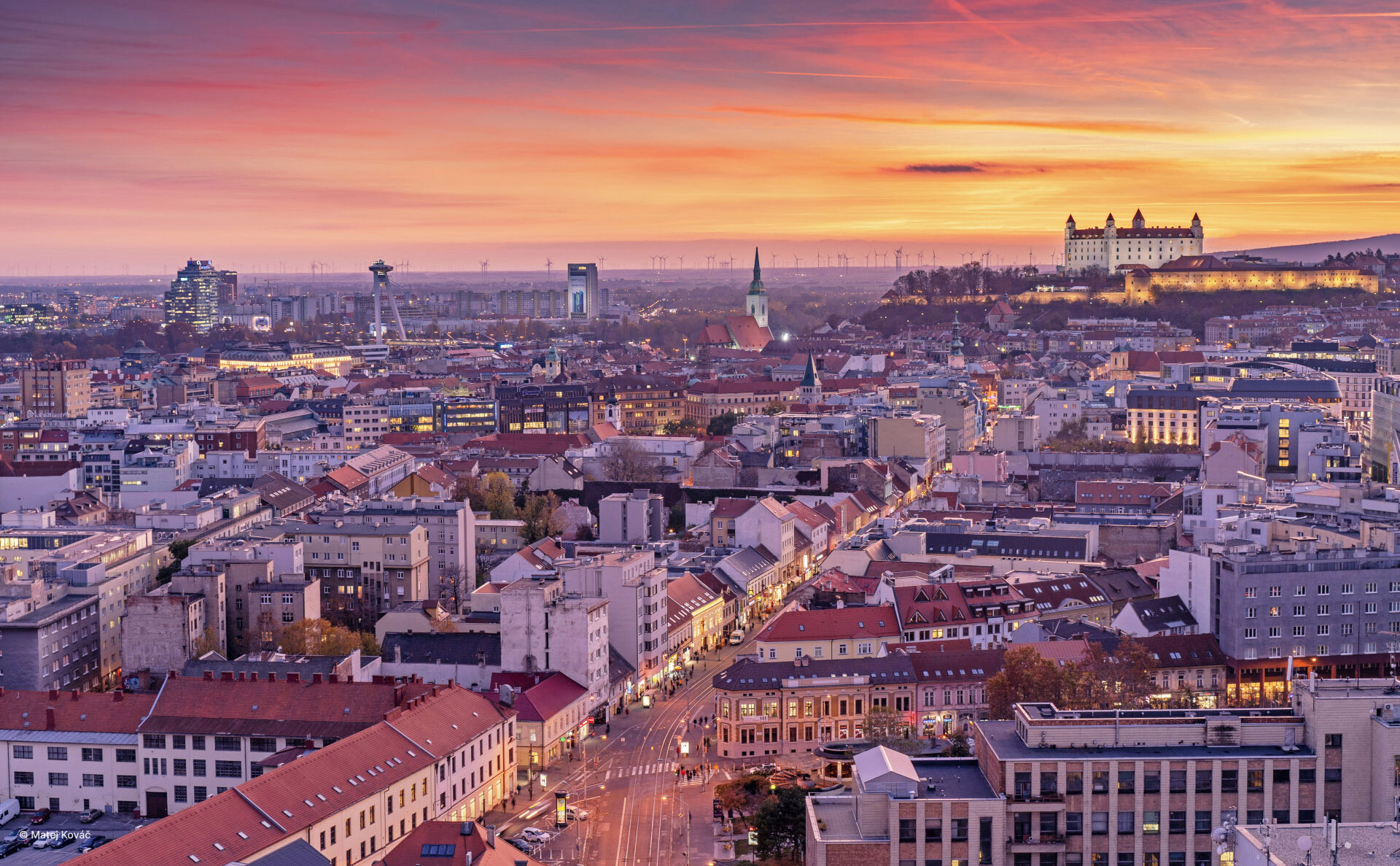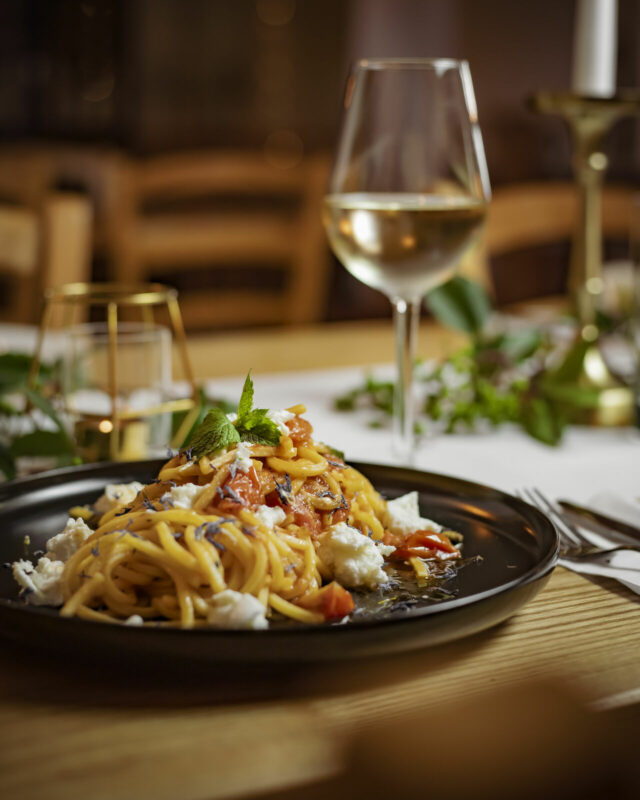For Janišová, clay is not just a material she works with – it allows her to express herself and visualize her ideas. And as she molds the clay, the material shapes her artistic identity over time. Driven by her urge to explore, Janišová straddles the line between utilitarian object and sculptural art. She is not only interested in the unusual, but also in the ordinary: she creates not only odd sculptures, but also everyday objects that are both practical and beautiful.
© Courtesy of the artist
Which place do you currently call home and where do you work on your projects?
I have been living and working in Bratislava for more than 20 years now. I was born here, but as a child we lived with my parents in a town in central Slovakia. I’m still travelling around the country from time to time, so I don’t just live in my bubble but also stay in touch with the world around me. I often escape to my grandmother’s house in the ‘countryside’, which is located in the small town of Bytča, surrounded by old Renaissance sights and mountains (highly recommended!) As I grow up, my relationship with Bratislava evolves hand in hand over the years. When I’m in the city, I live a pretty local life and rarely leave my neighbourhood. I move between my flat (Nové mesto district), the studio, which is located in the city centre (Staré mesto), and the forest – which is also part of my neighbourhood. So I can find everything nearby. Fortunately, ‘life’ and culture are no longer confined to the old town centre. It spreads out in all directions of the city.
Where is your studio located & how does it look?
Currently I just moved my studio which I shared with my colleague for nearly 10 years from Bratislava to the smaller town of Bytča. Our studio in Bratislava was just perfect, spacious and with showroom space. But as we are moving as a family, we went for this decision. My new atelier is located directly inside of my old house, it is a very low tech ceramics workshop with two beautiful windows and high ceilings.
© Courtesy of the artist
Are there any projects that are personally important to you – whether recently completed or currently in progress?
Recently this spring I had a solo show of my works from the last 5 years at Station Gallery Bratislava. It was very important for me to show my ceramics all together. I just can’t wait to start working in my new studio on new pieces. Also I’m looking forward to my upcoming residency at Shigaraki Cultural Park in Japan. My journey was postponed for 5 years because of covid and later for personal reasons. Now I’m excited to finally visit Japan and work there.
© Courtesy of the artist
© Courtesy of the artist
Do you have a favourite place in your area where you like to relax and linger?
The city vineyards. We only live a few minutes’ walk away, which is very essential for me as a dog owner. From the courtyards, you can walk straight into the city forest, which in my opinion is one of the most amazing places in Bratislava. You can get lost on a walk, enjoy a buffet in an old hut and take a ride on a newly renovated cable car. And all this under the city’s dominant architectural feature – the bizarre building of the TV tower, which was built in the late 1960s with a spaceship vibe.
I really recommend a trip to the Devín neighbourhood, which is literally a small village right under a monumental castle. It is a strong historical point and a border place – this is where the former Iron Curtain used to be. Just on the opposite bank of the river is Austria, which was inaccessible before 1989. You can reach Devín from the city centre by bus or by boat on the Danube river, or it’s also a nice 10 km (rental) bike ride. A visit to the Ahoy Café is obligatory.
©Falk2, I10 370 Bratislava, Burg, adjusted colors, CC BY-SA 4.0
Are there any urgent political issues or problems in your region?
Well … where to start. That answer would be for another separate article. There is a lot. But what worries me personally is the wasted potential. For me, Slovakia is a very special place for many reasons, but sometimes I have the feeling that we don’t understand that. We are very lucky to be part of the EU as a post-socialist state. And we need to go further, but instead we are moving backwards thanks to the current political leadership. We are not focussing on the real and important problems. But to me it all seems like some bizarre science fiction that we’re dealing with. I really can’t get it. I’ve always been a positivist, but since becoming a mum, my perspective has changed and I’m a bit concerned. I was born in the former Czechoslovakia and although I was only four years old when the Velvet Revolution came, I know enough to be aware of the current situation. Freedom is an absolute value for me.
In your opinion, what has developed well in the last 5 years – and what has not?
I know that this question is probably about something else But I would like to mention the situation of evolving architecture here. I think this topic is a hidden portrait of our contemporary society – and it is a very contradictory portrait. The renovation of a building of the Slovak National Gallery is an outstanding example, and that would be a positive example. The project was completed in the early 1960s and has been perceived as very controversial ever since. I think that after the current repairs it is a top place to visit in Bratislava. On the other hand, there are more buildings from this period in Bratislava and also in other cities that should be protected. Instead, they fade with time or – even worse – are demolished.
Do you know a hidden gem when it comes to local manufacturers – whether it’s arts and crafts, sustainable products or food?
To name a few:
– Puojd is a local textile design brand with original woven fabrics and sustainable designs
– IOKO sells extraordinary eyewear and cooperates with local designers
– Oli’s is a bakery and bistro with original interior
– SVÄG TO GO serves coffee in wheel thrown cups made by our collab brand si.li
– Svet Miriss is located just outside the city centre in a concrete panel house with cakes that are well worth a visit
© Puojd
Is there anything particularly innovative in your region? Also in comparison to other places you have already visited?
I would not say that it is innovative, but the location of our city is truly exceptional. Bratislava lies on the Danube river, below the hills and forests of the Small Carpathians (the city forest covers an area of 3100 hectares). It is truly a border town – a 20-minute bike ride will take you to Austria. Bratislava is 60 km from Vienna (in the past these two cities used to be connected by a tram), just over 2 hours by train from Budapest and Moravia is half an hour away by car. I have never seen such diversity anywhere else. I found that very interesting as a citizen – a different culture just around the corner.
©Ben Skála, Benfoto, Bratislava-Špitálska2019, CC BY-SA 4.0
©Iglesia de San Juan de Mata y San Félix de Valois, Bratislava, Eslovaquia, 2020-02-01, DD 78, CC BY-SA 4.0
Do you have a secret restaurant tip that you would like to share with us?
– Emil is more bistro and cafe than a restaurant, but this place (located inside of the Bratislava City Gallery), is my secret escape when I’m in the center, looking for a quiet hideout from the crowd
– Jasmin is the oldest china restaurant in Bratislava, but with a fresh interior design and food which really reminds me of genuine Asia
– La Storia – an Italian restaurant owned by an Italian located in Bytča
© La Storia
© La Storia
Is there a local shop whose products are only available in your region?
ULUV – Centre for Folk Art Production has a long history, which began in the former Czechoslovakia as an institution for the promotion and protection of traditional crafts in our region. It has a retail shop in Obchodná Street that sells handicrafts made by local producers. I also recommend the Slávica Design Store, which focuses mainly on products by young and up-and-coming local designers. And of course – our room, it’s, well – a room – part of our ceramics studio, which I share with my friend and fellow ceramicist Linda Viková. Here you will find our artworks, unique pieces, prototypes and much more. Everything is only available here, because we do not focus on online sales.
©ULUV
What are your 3 favourite apps that you use every day and couldn’t live without?
I can hardly imagine my day (or anyone!) surviving without Mapy.CZ – if there is anyone who knows this Czech app – these are the best maps not only for hikers worldwide!
Also Strava – for me the best social media app so far. And IDS BK – a local app for travelling by public transport at the best prices in the city. I just hope it’s also available in English.
Do you have any favourite newspapers or online magazines? And how do you keep up to date with politics or social and cultural issues?
I’m read the newspaper Denník N, but as I have to look after my child and also work, I don’t have much time to read, so like probably many others, I listen to podcasts from N or SME.
© Bratislava Tourist Board
Imagine you could be mayor for a year – what would you change?
I could probably do something that the current major is doing – try to create some kind of architectural manual and work with public space in general. And I would protect interesting architecture from the past socialist era, as I mentioned earlier. I think we have already lost enough valuable buildings. They are part of our heritage and history, and many public buildings from that era, especially in public spaces, are worth protecting. The last gem to be demolished to make way for a new project was Istropolis, a former cultural space with a cinema and a fantastic concert hall. That broke my heart, because I used to live nearby.
One last question: If you could choose another place to live – regardless of financial or time constrains – which one would you choose?
At the ISS, for a month or so. I think Nasa should consider to welcome some artists among astronauts for a very special artistic residency. I’d like to make some art up there.
